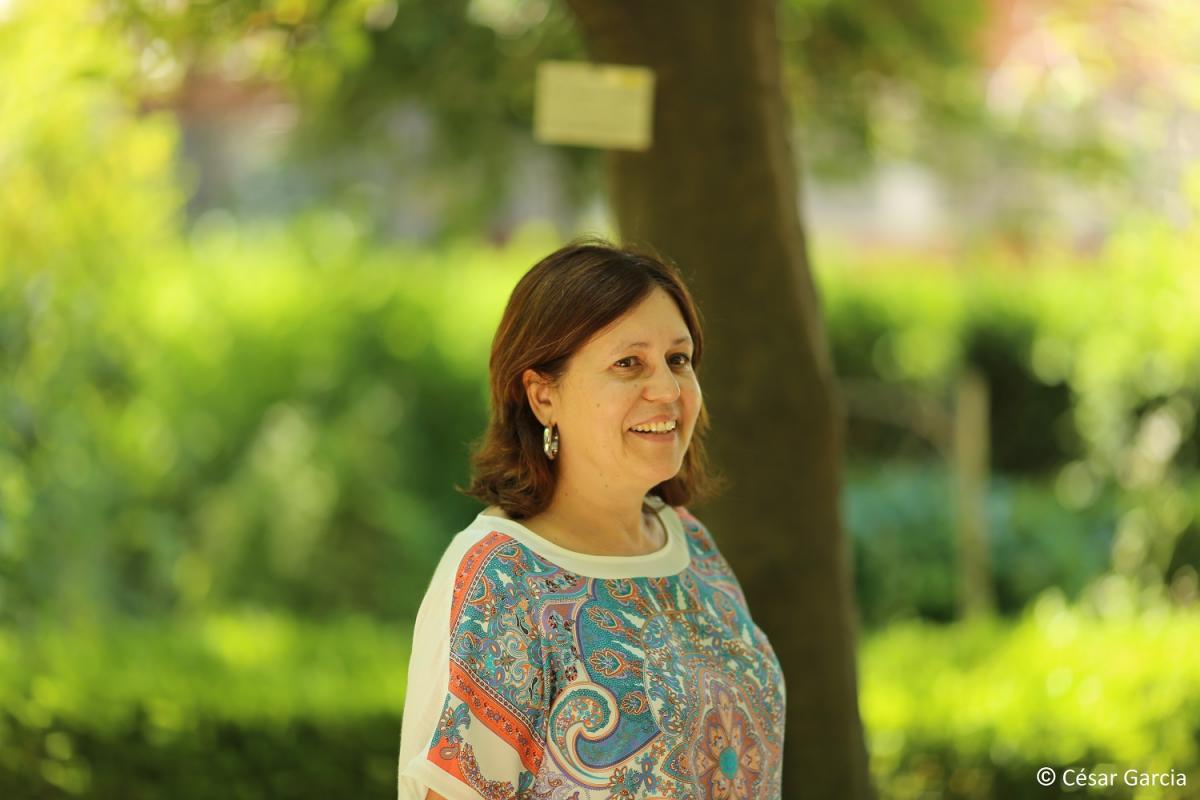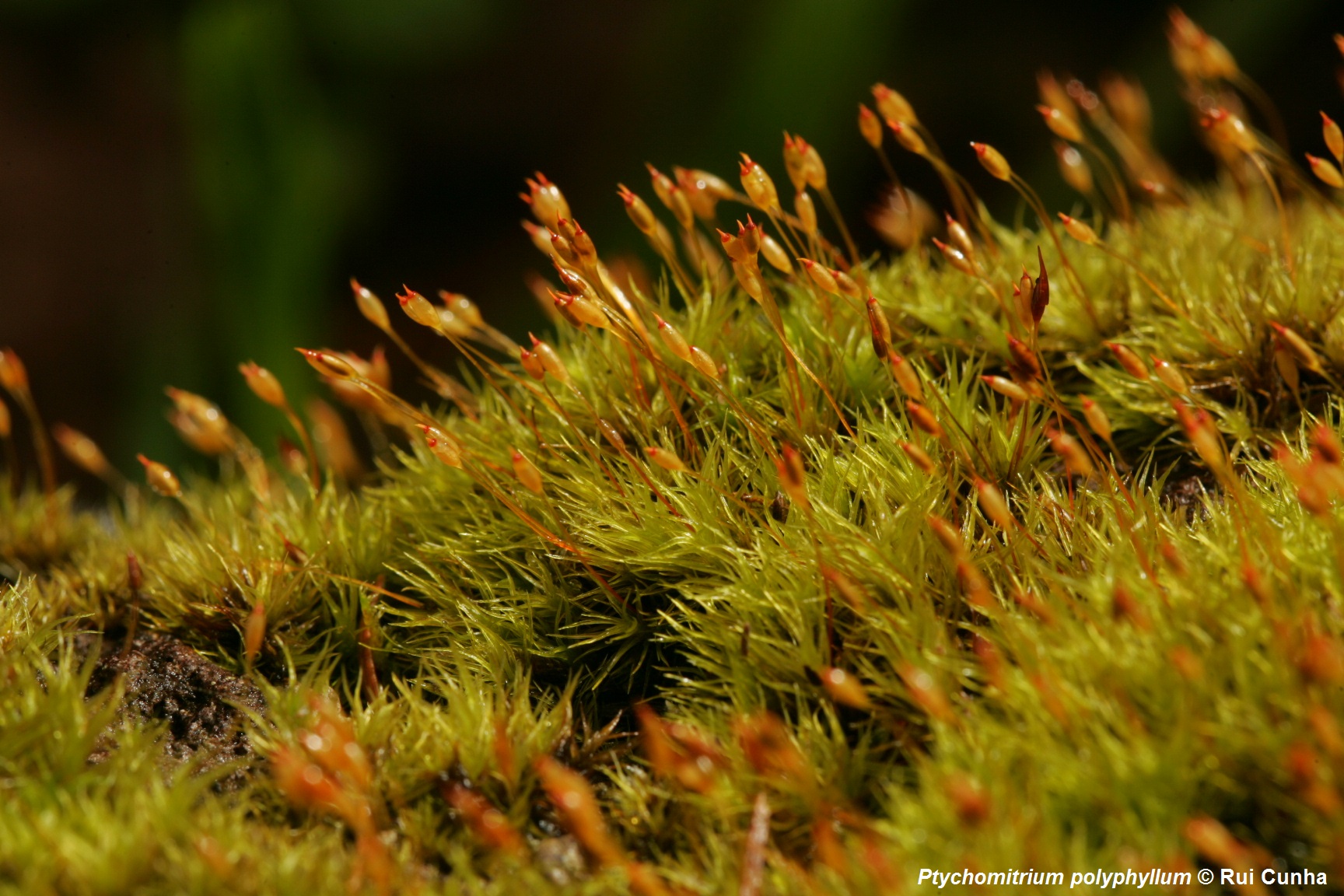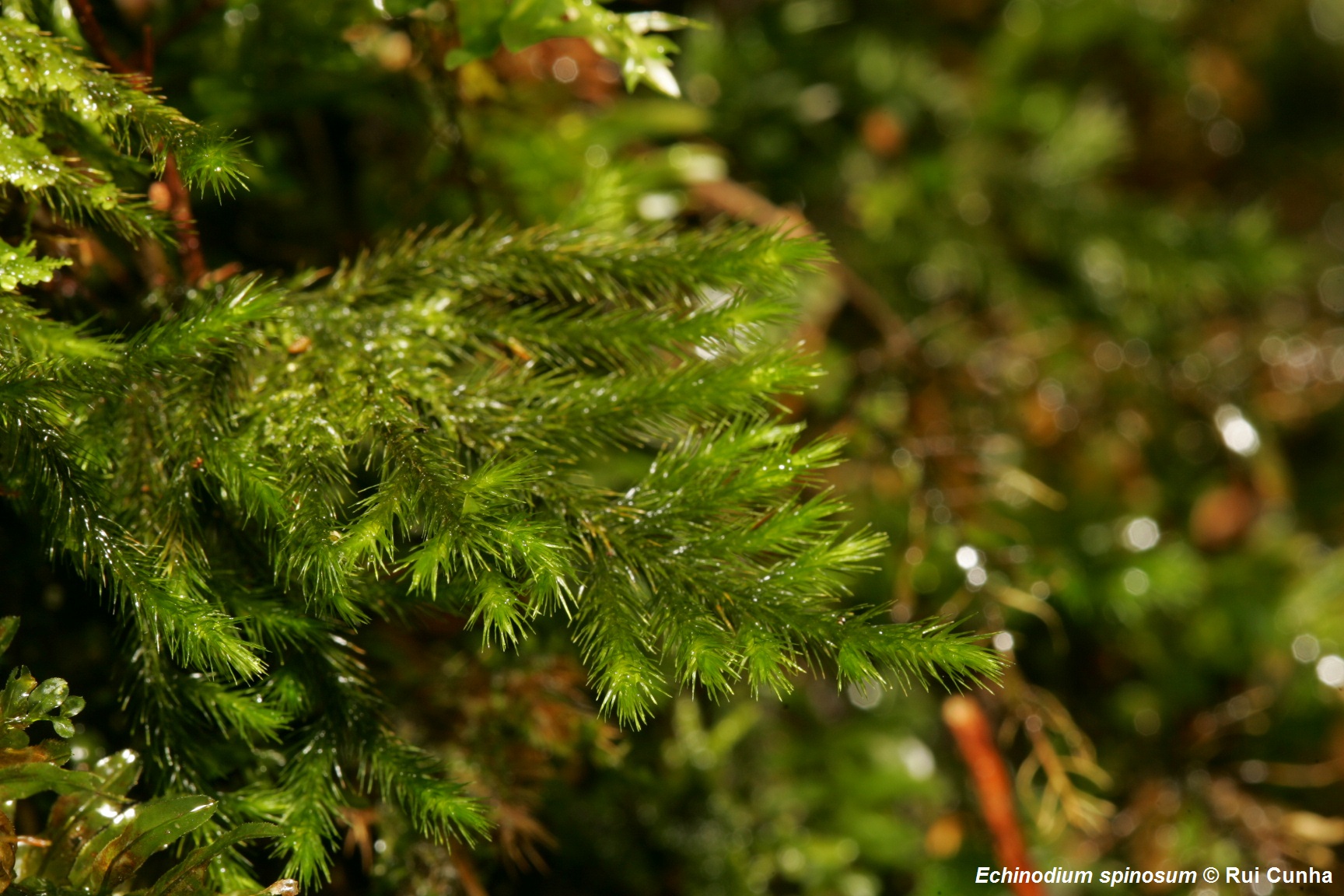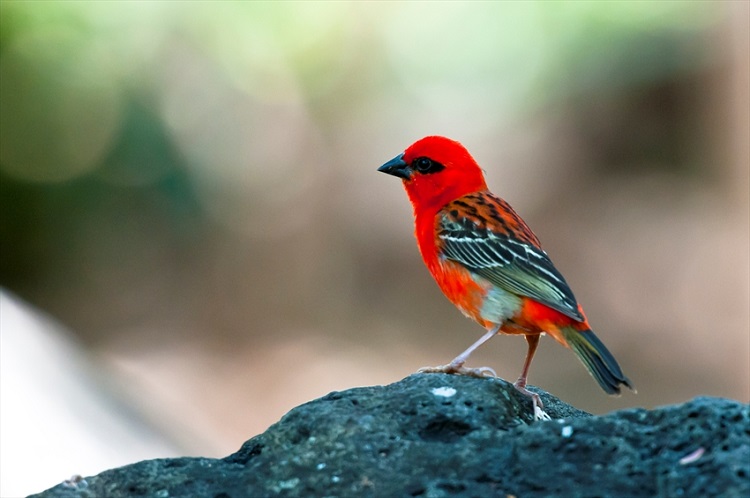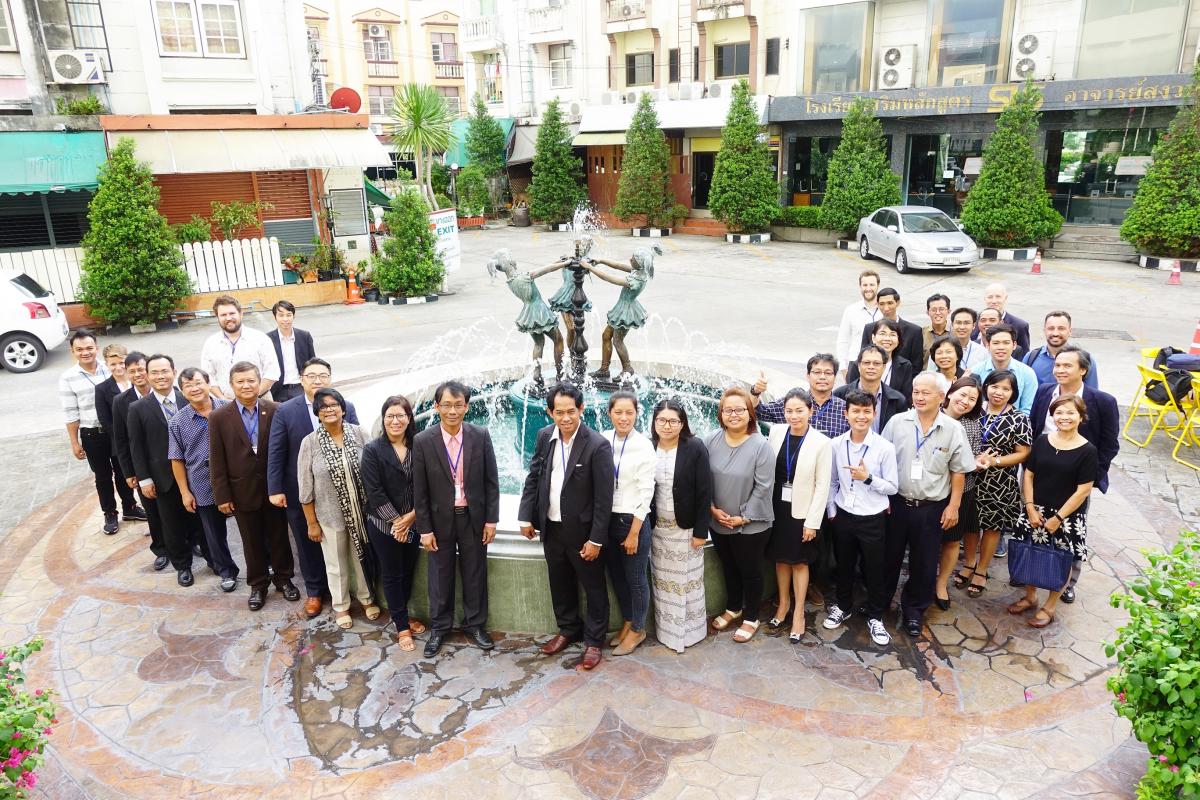Our Red List Species Assessors: Exploring the world of bryophytes with Manuela Sim-Sim
Bryophytes, which include liverworts, mosses and hornworts, are the oldest terrestrial plants on Earth. They react to changes in their environment, such as air or water pollution, and are therefore important for environmental monitoring of habitat and air quality. In this interview with Dr. Manuela Sim-Sim, a bryophyte expert based in Lisbon, Portugal, she talks about her work and her involvement in bryophyte research and conservation.
This is the second of a series of interviews with our Red List Species Assessors. In these interviews we explore how they first got interested in their species groups and how they became involved in conservation. Our second interviewee is a bryophyte expert, but future interviews will profile mollusc, fern and other plant experts currently involved in IUCN’s European Red List LIFE project. The project aims to assess the extinction risk of these species groups, and will contribute to guiding policy decisions and conservation actions at the European level. You can see the first interview of this series here.
Dr. Manuela Sim-Sim first became involved with bryophytes during her undergraduate degree in biology at the Faculty of Sciences of the University of Lisbon (FCUL). “I had a course on Bryology, which made me become interested in bryophytes. My teacher at the time was Dr. Cecília Sergio, who is today one of my close co-workers. Because of my interest in these plants, I then became involved in an ongoing research project on the bryophytes and lichens of Lisbon, related to the monitoring of air quality, and I started working on it for a couple of hours every week. I would go to the laboratory and try to sort the plants that had been collected by shape and colour, as I did not know the species yet, and this was how I took my first steps in this field of study.”
Dr. Sim-Sim moved on to do an internship studying the bryophyte diversity of the Arrábida Hills, an area of limestone outcrops south of Lisbon. “From then on I continued working with bryophytes, and most of my research through the years has focused on the phylogeny, taxonomy and conservation of these plants. Since 1990 I have been developing most of my research in the Macaronesian region, focusing on the biodiversity of the laurel forest and dry coastal areas in the archipelago of Madeira. In addition, I also do environmental monitoring related to habitat quality. I really enjoy the work and always do it with a lot of enthusiasm and pleasure.”
In order to study bryophytes, it is first necessary to collect them in the field, one of Dr Sim-Sim’s favourite parts of the job. “I really enjoy going to the field for several days, searching and being attentive to things. We are often on our knees, with our noses right next to the trees looking for anything that might look different. I also enjoy collecting plants, coming back to the lab, and spending some time looking at the specimens under a magnifying glass, identifying them.”
Dr. Sim-Sim is currently assessing the extinction risk of bryophyte species occurring in the European Macaronesian islands (the archipelagos of Madeira, Azores, and Canary Islands) as part of the European Red List LIFE-funded project. Thanks to her previous work on the Red List of Madeira and the Atlas and Red Data Book of Threatened Bryophytes of Portugal, Dr Sim-Sim was already familiar with the IUCN Red List of Threatened Species and the IUCN Categories and Criteria, which she is now applying to around 175 species. “I think it is very important to assess these species in order to take stock of their distribution and conservation status in Europe. In Portugal, I think it will be a good way to show the importance of these plants to the local authorities, organisations, and other potential users that may then ensure and improve the conservation of these plants and the appropriate management of their habitat.”
Dr. Sim-Sim is a lecturer at FCUL, where she gives classes on plant biology, and is a member of the cE3c research centre (Centre for Ecology, Evolution and Environmental Changes). Most of her research deals with the cryptogam collection (cryptogams reproduce by spores, without roots, leaves, flowers or seeds, like bryophytes do) at the LISU herbarium which is based at the Museum of Natural History and Science of the University of Lisbon. “I am very happy that this research group has been kept at the FCUL which has always been dear to me, and I would like for it to remain here and grow. Continuity is very important, as is having young well-educated biologists that can carry on the work that is being developed by us. One of the most important things for me is to pass this knowledge on to the future generations.”
As for Dr. Sim-Sim’s favorite groups of bryophytes, “I really like liverworts, and also some groups of mosses, especially those that form tufts on rocks.”
